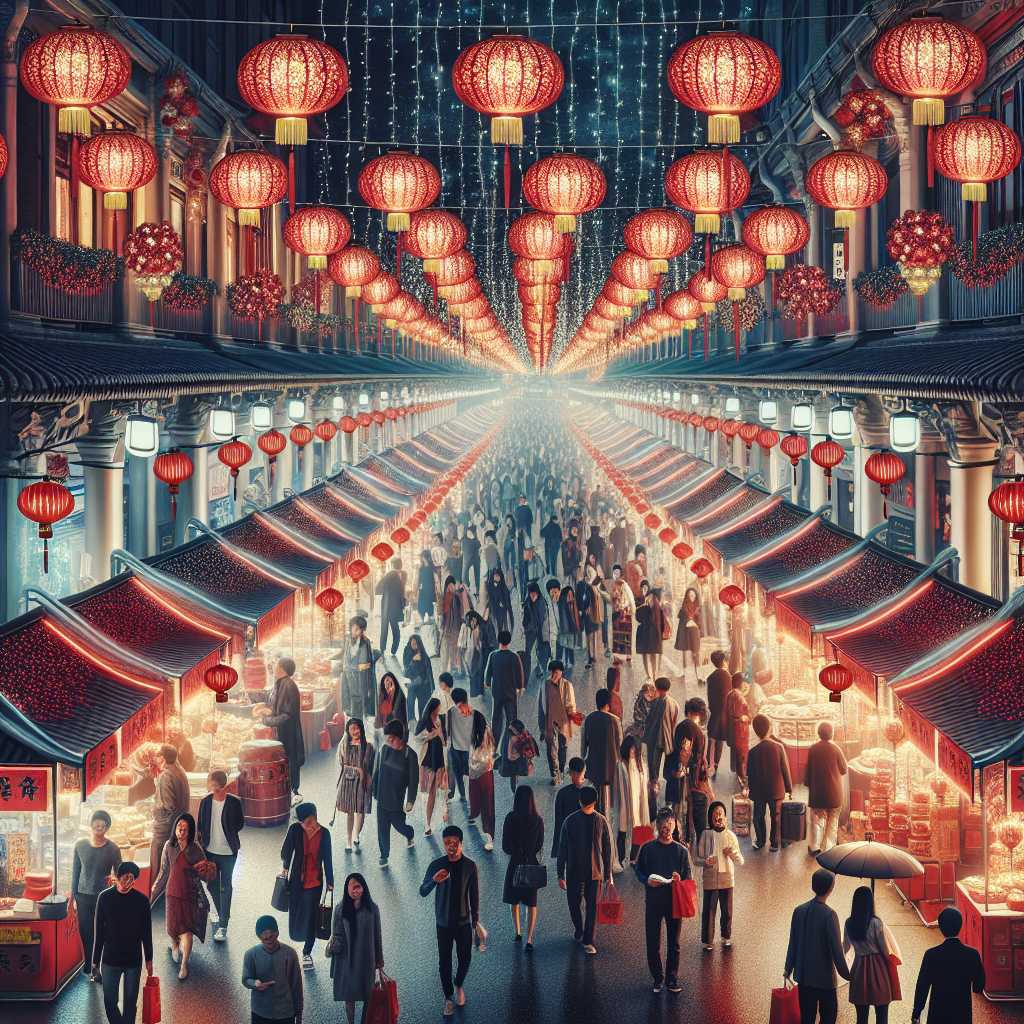# The Lunar New Year: Understanding the Traditions and Celebrations of a Global Festival
Lunar New Year, often identified with Chinese New Year or Spring Festival, is undoubtedly one of the most significant traditional holidays celebrated by billions of people across the world. It marks the beginning of the lunar calendar, which is intrinsically tied to the cycles of the moon. With rich cultural significance and a history spanning thousands of years, the festival acts as a time of family reunion, cultural reflection, and a heralding of prosperity and good fortune for the year to come.
The History and Significance of Lunar New Year
Lunar New Year has its roots in ancient China and has been shaped by myths and historical events over millennia. According to legend, the festival began as a ceremony to pray to harvest gods and offer tributes to ancestors. It also served as a fortification event out of spiritual concern for fighting off a mythical beast known as Nian. Every year during winter, Nian was feared to come out of hiding and attack people, particularly children. It was believed that loud noises and bright lights frightened Nian away, hence the use of firecrackers and vivid decorations—which remain a staple in Lunar New Year celebrations.
Today, Lunar New Year is not just confined to China; it’s widely celebrated in countries such as Vietnam (where it’s called Tết), Korea (where it’s Seollal), Mongolia (Tsagaan Sar), and in regions throughout East and SouthEast Asia.
Customs and Traditions
The festival’s significance spans beyond mere celebration; it houses deep traditional rituals that are passed on through generations. Each year corresponds with a zodiac cycle consisting of 12 animals from the Chinese Zodiac: rat, ox, tiger, rabbit, dragon, snake, horse, goat, monkey, rooster, dog, and pig. 2023 is marked as the Year of the Rabbit, representing longevity, peace, and prosperity in Chinese culture.
Preparations for the Lunar New Year
Weeks before the actual holiday, families thoroughly clean their homes to rid them of any ill-fortune and make room for incoming good luck. Homes are adorned with red lanterns and couplets that convey positive messages.
New Year’s Eve Reunion Dinners
As with many festivals worldwide, food plays an integral role in Lunar New Year celebrations. Families gather on New Year’s Eve for a reunion dinner—a symbol of family unity where multiple courses are served each symbolizing different wishes for the upcoming year. Among these are fish (associated with abundance), dumplings (connected with wealth), and noodles (representing longevity).
*Festive Activities
During the festival period—which can last up to 15 days—various activities take place. People engage in giving and receiving red envelopes (containing money as a token of good fortune), lion dances (to bring prosperity and good luck), visiting fairs, admiring lantern exhibitions, setting off fireworks, and many other public and familial festivities.
*Religious Observances
Many people visit temples during Lunar New Year to pray for good luck and pay respects to their ancestors – highlighting traditional Chinese religious practices that meld folk religion with Buddhism, Taoism, or Confucianism depending on the region’s beliefs. Cultural Impact and Modern Celebrations
In recent years, Lunar New Year has gained international recognition—its cultural impact felt far beyond Asia—in countries with significant Asian diaspora populations like Australia, Canada, the United States, and various parts of Europe. It is acknowledged through public celebrations that might include dragon parades led by diaspora communities as well as global brands adopting festive designs on products or offering holiday promotions.
While modernity has brought changes to how festivities are conducted—with variably increased commercial aspects—the essence remains intact; a deep respect for tradition while looking forward to a fresh start glowing with optimism.
Notes
*Image Description*
An image capturing a crowded street scene during Lunar New Year celebrations at night with ornate red lanterns hanging high above pedestrian-packed walkways. Stalls line either side selling traditional food and festive items while attendees are seen participating in spirited exchanges sharing red enveloped gifts under strings of twinkling lights.
